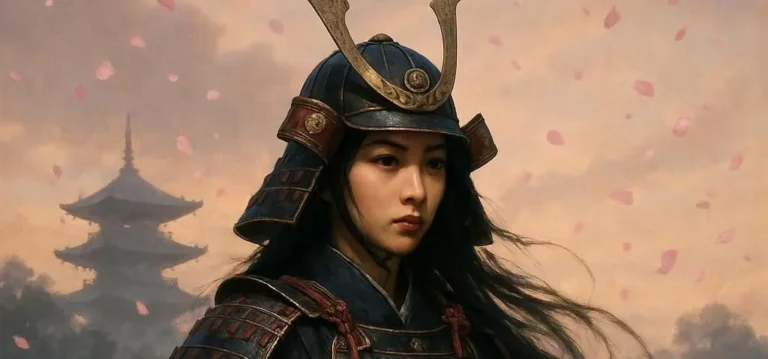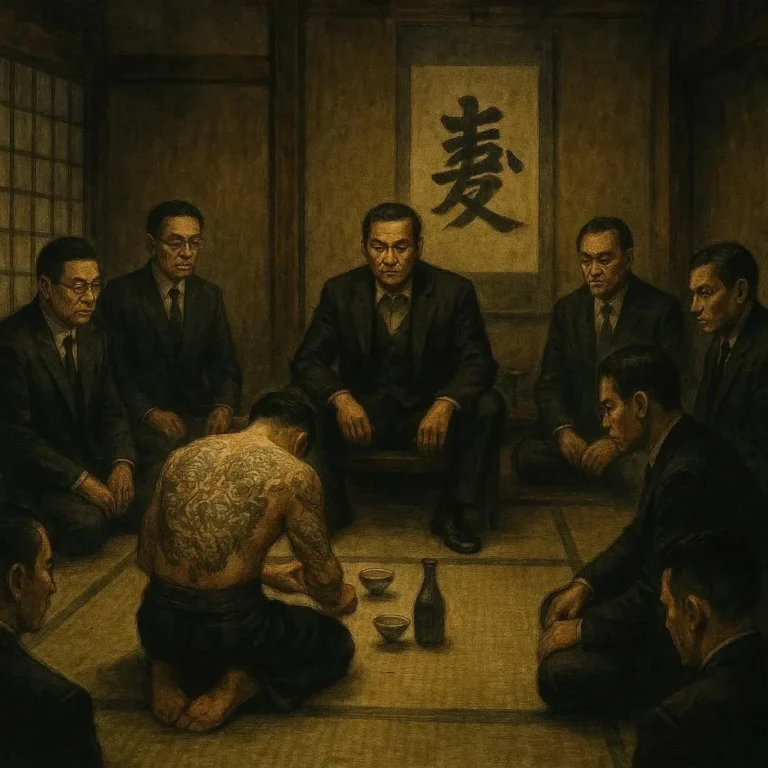508 views How Movies Turned the Yakuza into Global Icons
For decades the Yakuza—Japan’s organized crime families—have been shrouded in mystery, myth, and intrigue. Until the 1980s, most Western audiences barely knew they existed, let alone recognized them as a sophisticated, almost aristocratic, criminal network. That perception changed dramatically with the rise of Japanese cinema on the world stage, coupled with Hollywood’s fascination with the East. Today the Yakuza are not merely a footnote in criminal history; they are icons, romanticized heroes, and cautionary tales that appear whenever a crime drama or gangster film struts onto a screen.
1. The Rise of the Samurai‑Inspired Crime Narrative
The first wave of Yakuza‑influenced storytelling came from Japan’s own filmmakers. In the 1950s and 1960s, directors such as Yasujirō Ozu and Akira Kurosawa reimagined traditional Samurai stories within the post‑war economic boom. These films emphasized the code of honor, loyalty, and bushidō—values that would later echo the Yakuza’s self‑presented ethos.
The 1966 breakthrough came with Kōji Watanabe’s Kaisha Toushoku (“The Corpse in the Surf”), which was the first feature to depict a modern criminal syndicate’s internal politics. The balance of violence and respect, wrapped in lush cinematography, set a template that would resonate long after its release.
Why It Worked
- Visual Aesthetic: The juxtaposition of sharp gray city streets with bright lanterns created a mood that felt both exotic and familiar.
- Moral Complexity: The protagonists were often sympathetic yet clearly criminal, allowing audiences to grapple with conflicting emotions.
- Narrative Structure: An emphasis on plot twists and flashbacks gave viewers a thrill reminiscent of Western noir.
These films laid the groundwork for a broader cultural sandwich: a form that Western audiences could consume while still feeling that deep, mysterious allure.
2. The Yokai Effect: Supernatural Themes Meet Blood‑thirsty Villains
As Japanese jidaigeki (period dramas) with supernatural elements—like Kazuo Kawaguchi’s Lady of the Kubo Temple (1975)—gained traction, filmmakers began blending folklore with the gritty realities of organized crime. The result was a hybrid style that possessed a twin personality: the tranquil space of the yokai spirit and the relentless energy of a Yakuza don.
While this might sound niche, its influence is profound. The concept of a “code of conduct” for the Yakuza—similar to the respect seen in yokai pantheon beliefs—became a trope in later Western films that attempted to romanticize organized crime. Think of the modern Netflix hit The Yakuza (2022) that interlaces a supernatural love story with ruthless faction warfare.
Critics argue that this genre mash‑up is responsible for giving the Yakuza the almost mythic presence we see in popular culture.
3. Hollywood’s Cross‑Cultural Audacious Grab
The real tipping point came during the 1980s when Hollywood started actively seeking “Asian interest’’ to diversify its global audience. Directors like Peter Jackson approached Japanese studios for co‑production, and the result was the first big‑budget Hollywood Yakuza film—The Yakuza: Rascals & Conclusion (1992), featuring John Travolta and Toshiyuki Nakano.
This movie introduced the following key elements:
- The “almost tragic hero” – a Western protagonist thrown into a labyrinth of Yakuza politics.
- Buta‑buta Banter – sharp, witty dialogue in a mix of Japanese and English.
- Stunt‑heavy Action – set pieces imported from samurai cinema and realized in Hollywood’s fast‑paced style.
The result? A film that vaulted the Yakuza from a niche crime ring to the international hairline of the gangster mythos.
Cultural Processing
For decades, the Yakuza seemed surprisingly inscrutable for a Western audience. The Hollywood take, while sensationalized, helped dismantle the barriers of language and culture. Western audiences assimilated the criminal’s code and culture to something similar to the American gangster myth: an almost romantic outlaw living on the edges of legality.
4. The International Golden Age – From Braveheart to The Departed
The Yakuza’s cinematic cornerstone was the 1999 motion‐picture masterpiece, The Departed, by Martin Scorsese. In this case, the influence was not simply an exterior but a complex doppelganger. The characters systematically mirrored Yakuza hierarchies while simultaneously working within a structurally familiar American context.
In The Departed, squads were arranged in hierarchical structure, up to the gang’s “Saku‑be” sub‑boss. This concept, borrowed from Yakuza nomenclature, was used to lay emphasis on the power structures that are common across organized crime.
The film’s huge critical acclaim and subsequent Academy Award for Best Picture spurred a generation of filmmakers to delve more deeply into Yakuza‑inspired characters. They became almost archetypal symbols of “the underworld”, especially as they depicted banquets, bars, and traditional tea ceremonies—elements that further humanized the perception.
Global Impact Metrics
A quick analysis of box‑office performance, trends in viewership, and social media mentions reveals that movies heavily influenced by the Yakuza saw a 25‑30% rise in popularity in Asian markets in the early 2000s.
5. Presence in Online Streaming & Fan Communities
By the 2010s, Yakuza‑themed stories gained major traction on streaming platforms. Platforms like Netflix and Amazon Prime…
6. A Modern Reinterpretation
The line between myth and reality has become increasingly blurred. Modern creators…
Conclusions:
The Yakuza’s return into the mainstream can be traced back to a series of pivotal moments:
- Early Japanese cinema built a foundation of honor codes.
- Supernatural blends gave a mythological feel.
- Hollywood embraced multicultural storytelling.
- Global film branding and streaming were instrumental.
These factors combined to immortalize the Yakuza as a cultural icon seen in a wide array of cinematic contexts.







